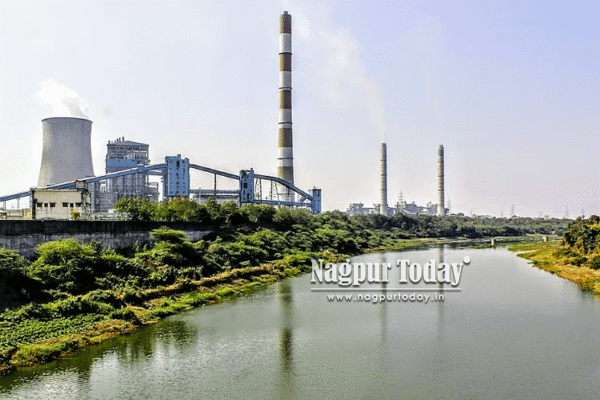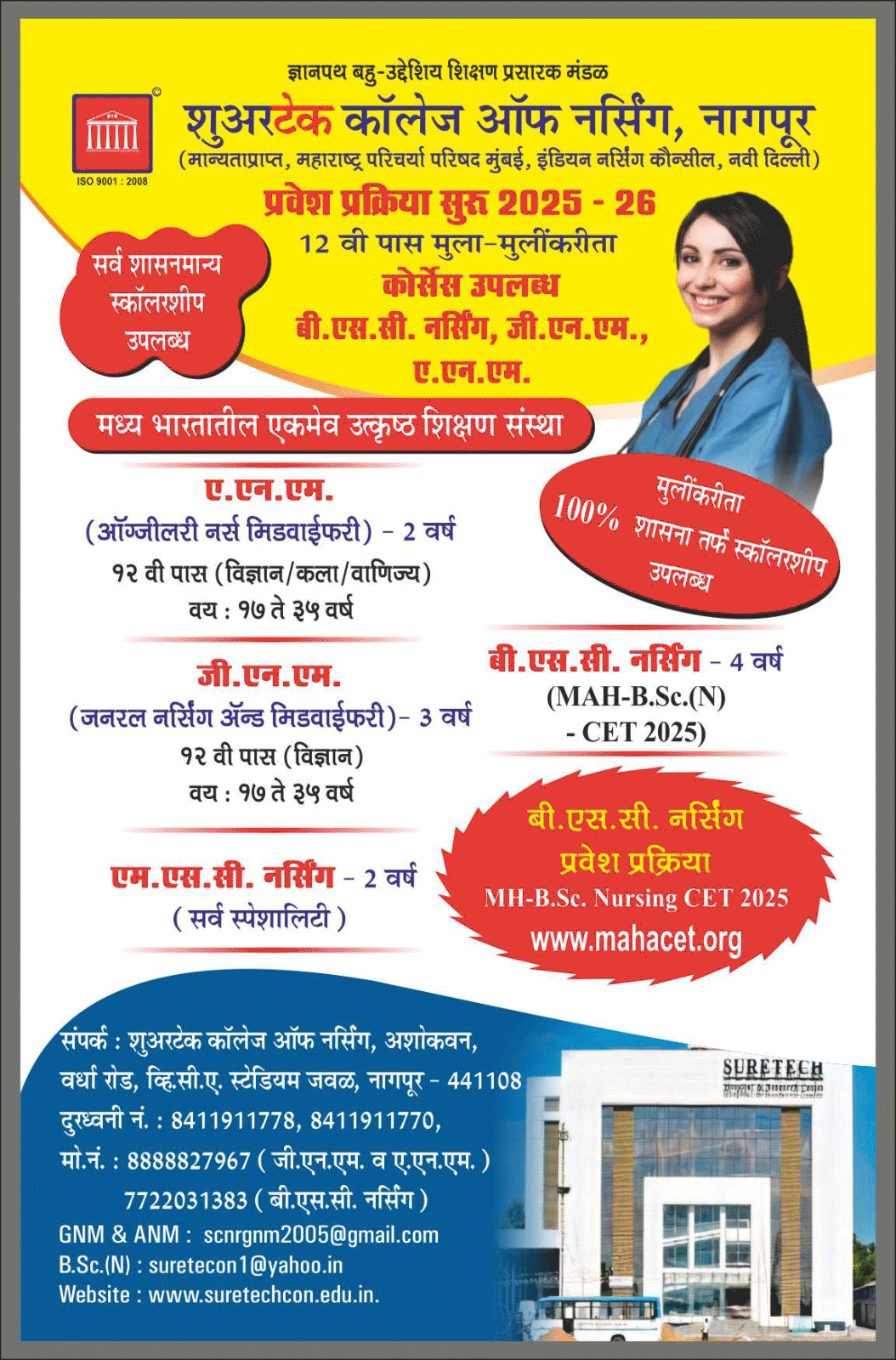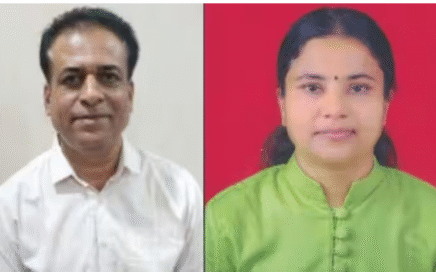Nagpur: Concerns over the safety of water supplied to Nagpur have intensified after revelations about the alarming state of the Kanhan River. Once known for its pristine waters, the river has now become the most polluted in Vidarbha, according to data presented in the Rajya Sabha.
In a written reply, Kirti Vardhan Singh, Minister of State for Environment, Forest and Climate Change, stated that the stretch of the Kanhan River between Parseoni and Kuhi in Nagpur district falls under ‘Priority Class II’ of the polluted rivers list.
As per Indian water quality standards, Biochemical Oxygen Demand (BOD) levels above 5 milligrams per litre (mg/l) render water unsafe for drinking, bathing, and other domestic uses. Shockingly, BOD levels in this section of the Kanhan River range between 20 and 30 mg/l, four to six times higher than the permissible limit
The information came as an answer to a question by Rajya Sabha MP from Kolhapur Dhananjay Mahadik where he asked the Ministry information regarding the current status of air and water quality in major cities and industrial areas of Maharashtra. In his answer, the minister identified a total of 55 ‘Polluted River Stretches’ (PRS) in the State for the year 2022. The PRS is classified in five priority classes based on BOD that is monitored by Maharashtra Pollution Control Board (MPCB) at 252 locations, in association with Central Pollution Control Board (CPCB), which has established a National Water Quality Monitoring Network (NWMP) for assessment of water quality of aquatic bodies in the country.
Along with Kanhan River, other PRS identified in Vidarbha by the minister include Kolar river along Waregaon (Class V); Morna river along Akola (Class III); Purna river stretch from Asegaon to Akola (Class IV); Wainganga river stretch from Tumsar to Ambhora (Class III); Wardha river from Pulgaon to Rajura (Class III); and Wena river along Hinganghat (Class IV).
While talking to local media, Hema Deshpande, Regional Director, MPCB, has stated that the Board is committed to reducing the pollution in the river and is actively implementing an action plan to clean Kanhan River. “We are positively co-ordinating with industries and local bodies to restrict releasing industrial waste and sewage in the river to keep it clean. The localities on the bank of the river are encouraged to manage their waste management so that it does not get discharged in theriver directly,” said Deshpande.
Even though the MPCB has prepared the action plan, its implementation is a responsibility of the local bodies by establishing sewage treatment and solid waste treatment plants to ensure that the river remains clean. The delay in the establishment of sewage treatment plants (STPs) has resulted in river water remaining unhealthy for human use, she added. “Along with industrial waste, increased chemical content in domestic sewage by increased use of detergents, toilet cleaners and others in households are also adding to the chemical content being discharged in the river,” said Deshpande, while explaining the possible causes of increased pollution in the river.
“The increased use of chemical fertilisers in the agriculture sector is also a cause of concern as these fertilisers directly mix with river water during the rainy season,” added Deshpande. While the Government’s efforts tocleanNaagriversince many years is yet to bear fruit, the revelation of pollution of Kanhan river by the Minister of State is a cause of concern that needs immediate action on the part of authorities.
The Kanhan River, a 275 km tributary of the Wainganga River, originates in the highlands of Chhindwara district in Madhya Pradesh and flows southeast into Maharashtra, serving as a critical water source for the Vidarbha region.
The river’s pollution issues began to escalate in the early 2000s, driven by rapid industrialisation and urbanisation. In 2001, the river was not included in Maharashtra’s list of notified rivers, allowing unrestricted activities such as sand mining along its banks. Large-scale coal mining in the catchment area further degraded water quality, introducing heavy metals and other contaminants.
The river receives significant effluent waste from Nagpur through the Nag River, a heavily polluted tributary carrying untreated sewage and industrial waste.
















